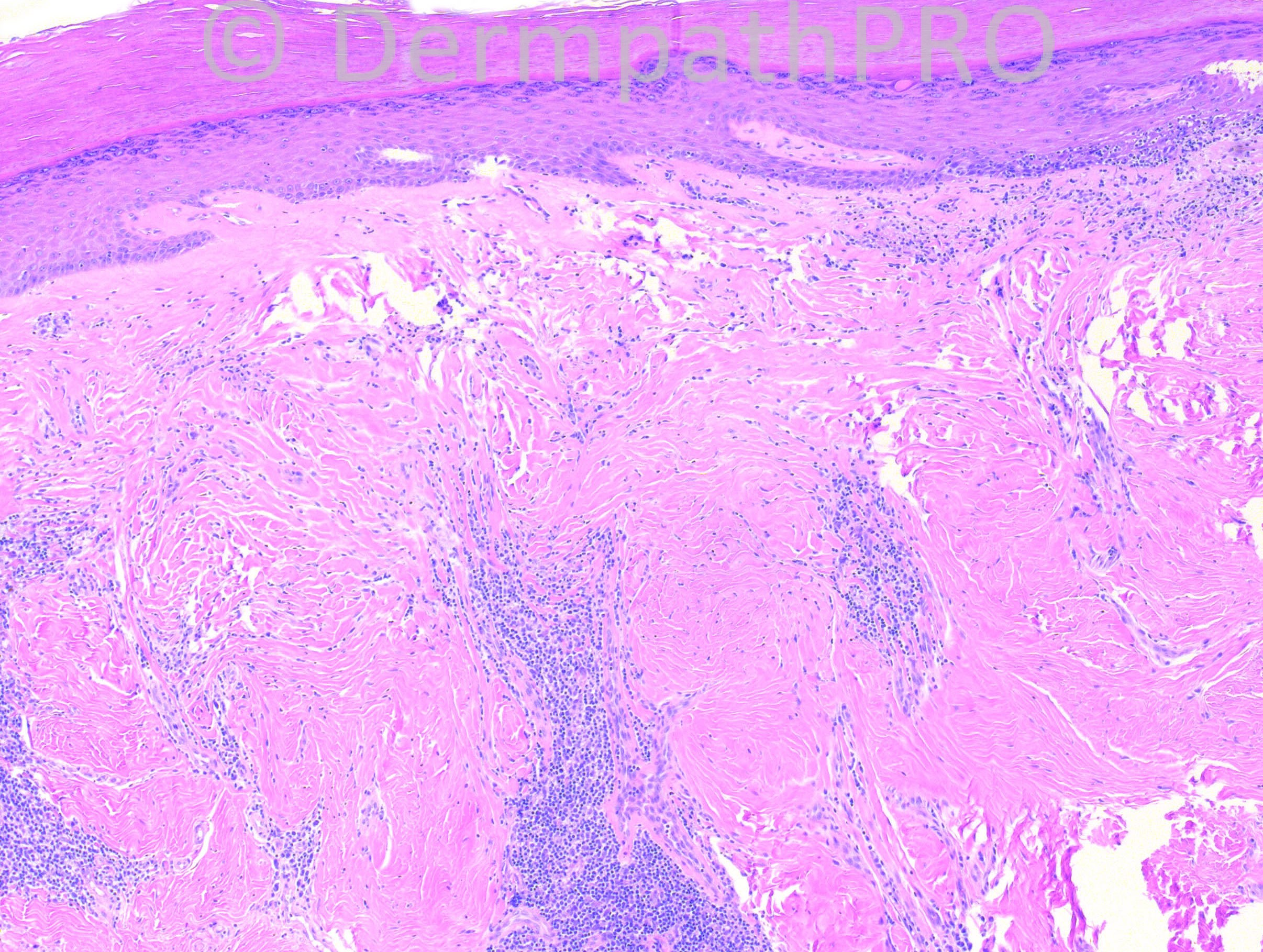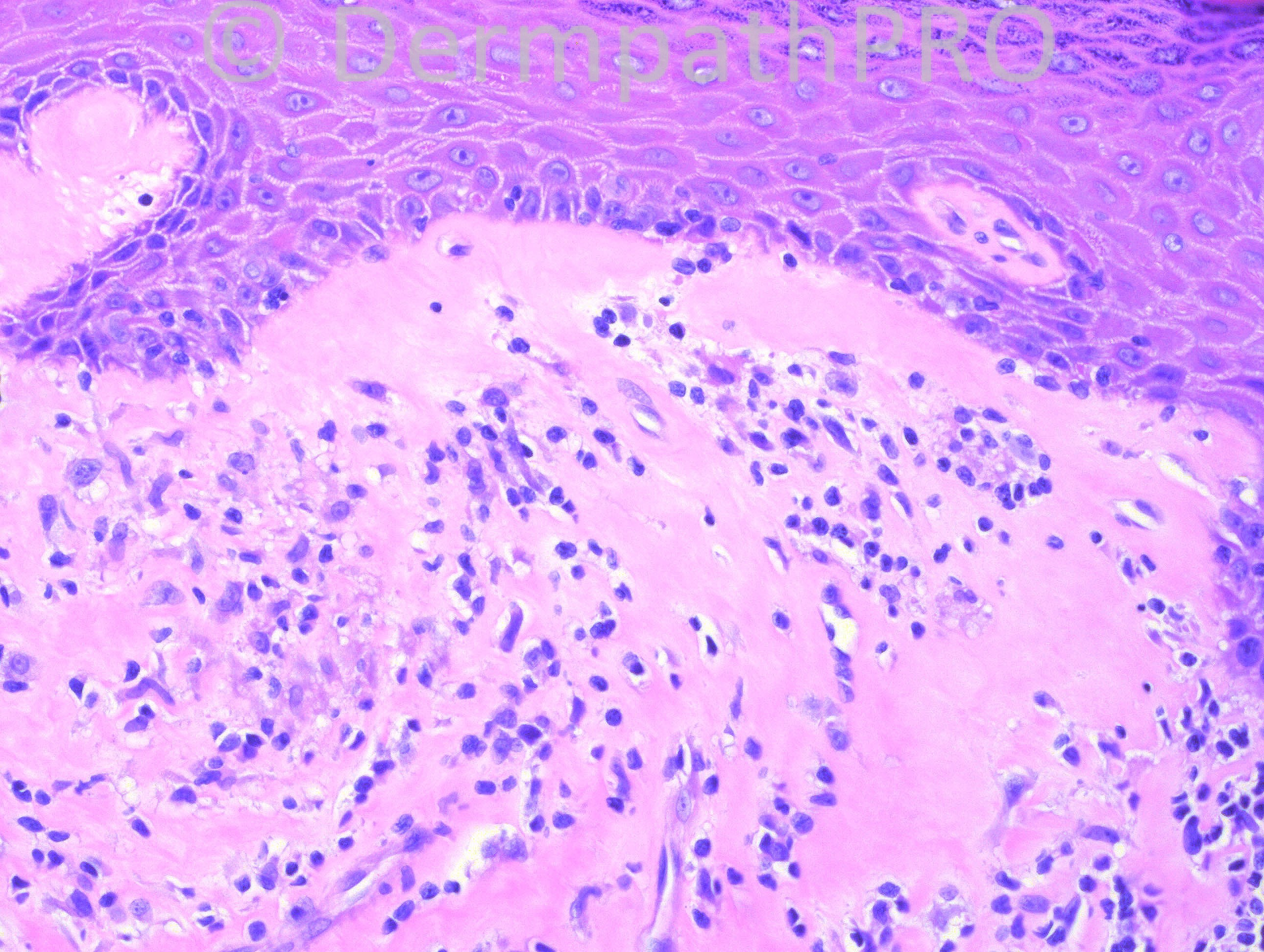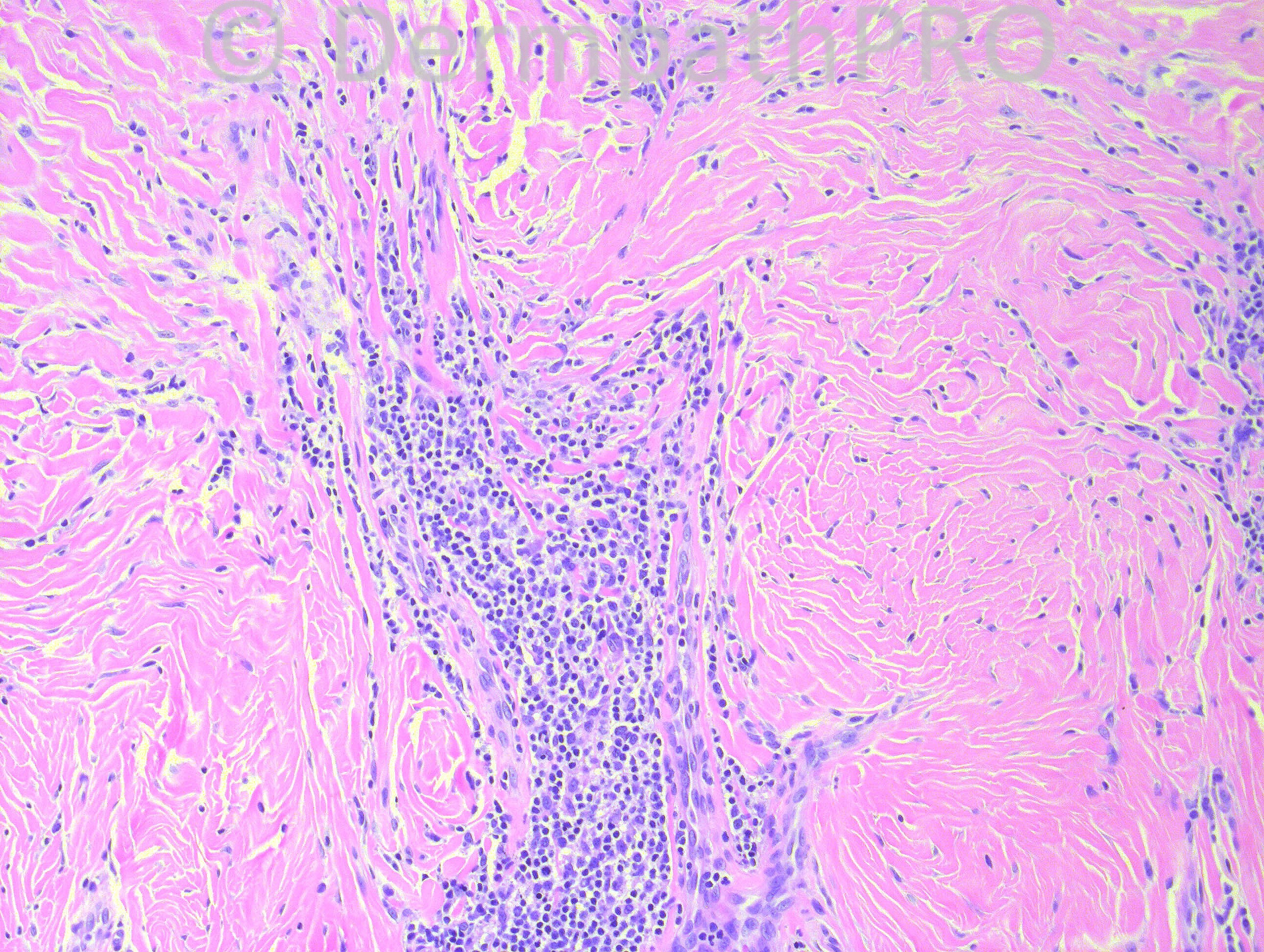Case Number : Case 789 - 26th June Posted By: Guest
Please read the clinical history and view the images by clicking on them before you proffer your diagnosis.
Submitted Date :
12 years-old boy with meatal stenosis and plaque on penis.
Case posted by Dr. Hafeez Diwan.
Case posted by Dr. Hafeez Diwan.





User Feedback